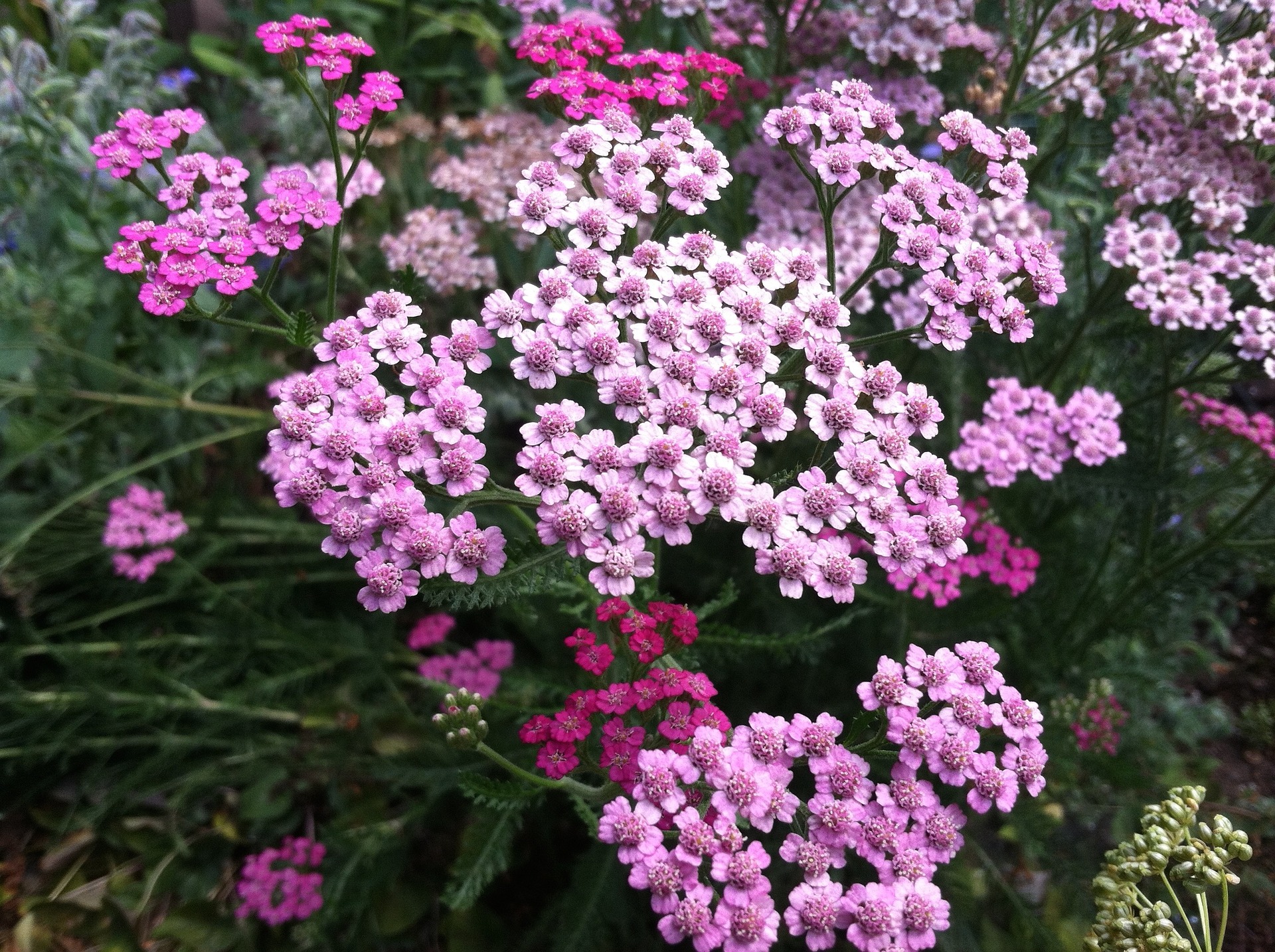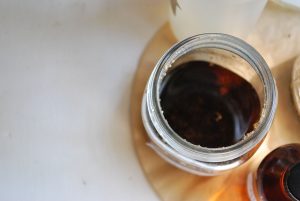Links contained in this post and elsewhere on my website may include affiliate links. When you make a purchase through these links, I earn a commission at no additional cost to you. I only link to products and services that I love - and that I think you will love, too!
What are herbal cultivars? Knowing the difference between cultivars, species, and hybrids helps you identify herbs correctly. You might not realize it, but if you’ve ever asked questions like: “I have pink/orange/yellow yarrow. Can I substitute it instead of white Achillea millefolium in my herbal tea?” Or
“My echinacea doesn’t look like the pictures of E. angustifolia or E. purpurea. It’s lots of different colors! Can I still use it?”
you are asking about whether you can substitute one cultivar, species, or hybrid of an herb for another. Here’s what you need to know about each. We will use yarrow as our example.
What are herbal cultivars?
A cultivar is a strain of a plant that has been selected over time to emphasize certain qualities. To use an analogy, think about dog breeds. Dogs are all one species, but each breed of dog is very recognizable. A poodle looks very different from a Dalmation. Just like a dog breeder might favor some traits over others to create a new breed, garden aficionados sometimes create new bloodlines, or cultivars, of plants for beauty or practicality. New colors, extra showy blooms, or increased drought tolerance are popular reasons to create a cultivar.
A common cultivar of yarrow is the heirloom A. millefolium ‘Cerise Queen.’ This cultivar is well known for having beautiful dark pink and red flowers instead of white.
What are herbal species?
Next, there’s the question of whether your plant is the same species as the official species used in herbalism. Are you looking at a dog or a wolf? (And before you laugh, remember that some breeds of dog can look surprisingly rangy and wolf-like!)
Take yarrow as our herbal example. There are around 130 different species of yarrow, some of which are medicinal and some of which are ornamental. The official species used by herbalists is Achillea millefolium, but a yellow-flowered yarrow may actually be Achillea filipendulina.
What are herbal hybrids?
But what about hybrids? Just like a dog can cross with a wolf, resulting in a wolf hybrid, garden aficionados sometimes create new hybrids of distantly related plants. When examining a plant label or listing online, you may find the parent species are provided. However, sometimes only an ‘x’ is used to indicate a hybrid.
An example is Achillea x ‘Moonshine.‘ The nursery doesn’t say what species are involved. However, the name confirms it is yarrow (Achillea) and that the nursery calls the hybrid ‘Moonshine.’
Can you substitute different species or cultivars from the official herb?
If your plant is a different species than the one listed in your reference books, it may not be effective or safe to use. You will need to carefully research that species to determine whether it can be used interchangeably.
If your plant is a hybrid, it’s best not to use it. You could do some research, but chances are it won’t have a history of herbal use. There’s no way to know for sure if the hybrid is safe to use.
That leaves cultivars. Should you use a cultivar in place of an official variety? Sometimes you can, and sometimes you can’t. Here’s why.
Unless the cultivar was created by an herbalist, the new cultivar was probably selected for looks. When changes happen to a plant’s appearance, chances are good that other things have changed, too. You may be able to observe some of the changes easily (color, fragrance, hardiness) or not (potential changes in plant metabolism that alter safety or effectiveness).
An example of an herbalist-created cultivar is the yarrow I grow in my garden. I found it at an old homestead site when I was living in Sugar Valley, Georgia. It’s exceptionally fragrant, so I added it to my garden and have taken some of it with me every time I moved.
As another example, Strictly Medicinals offers a valerian cultivar that they selected for based on the size of the root harvest from each plant and the consistency of effect.
Using yarrow as an example of herbal cultivars
Besides my white yarrow, I also have a pink yarrow in my garden. I’m not sure which cultivar the pink yarrow is- possibly something like ‘Cherries Jubilee.’ Incidentally, wild yarrow sometimes naturally has pink blooms. I haven’t ever seen it in our area. I also know that we bought our pink yarrow at a garden center, so it was most likely a named cultivar.
Here’s how the two compare to each other.
White yarrow:
- Blooms almost year round (short break mid-winter).
- Dried leaves and flowers have a strong, characteristic fragrance.
- Grows abundantly and with vigor. May bully and crowd out other plants. Tolerates heavy harvesting with apparent glee, taking it as a personal challenge to grow back heavier and thicker and conquer more garden real estate.
- Deer and rabbits browse occasionally, but not heavily.
- Pollinator species adore it.
Pink yarrow:
- Blooms for a short time in midsummer.
- Dried leaves and flowers lack the signature yarrow scent (or any scent, really).
- Grows in a tidy little clump that keeps to itself.
- Pollinators are not that enthusiastic about it.
- Deer and rabbits leave it alone.
I love using the pink yarrow as a cut flower. However, the white yarrow is the one I harvest for herbal preparations.
Finding the correct species and herbal cultivars
When you are at a garden center or shopping online for seeds and plants, look at the plant’s botanical name. If you see a binomial followed by another name, you are looking at a hybrid. An example for yarrow might look like: Achillea millefolium, ‘Cherries Jubilee’.
It might also be written like “Yarrow, Cherries Jubilee”. A patent number is another dead giveaway that you are looking at an herbal cultivar.
To make sure you are getting the original varieties of an herb that are known for their beneficial properties, make sure to look at the botanical name and match it with the one recommended in a good herbal reference book. If you aren’t confident about whether the plant you are considering matches your desired use, shop for seeds and plants online at nurseries that specialize in medicinal plants to help cut out the guesswork.
Learn more about harvesting yarrow in The Best Time to Harvest Yarrow.

